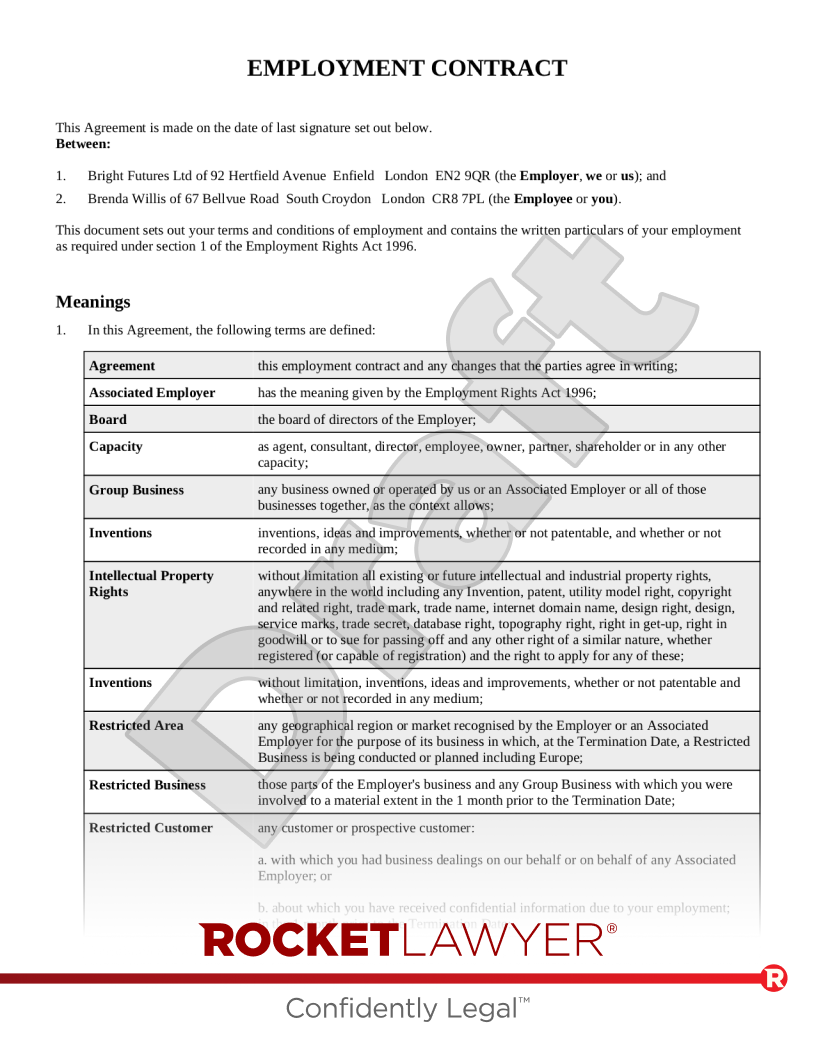What are company directors?
A company director is someone who holds an office in a company. They take decisions for and on behalf of the company and can be held liable for the company’s actions. A company director can be a person or a legal entity (eg another company).
There are various types of company directors. However, the most important are executive directors (ie someone who is a company director while also performing day-to-day managerial duties and functions) and non-executive directors (ie someone who makes strategic decisions to drive the company forward but doesn’t carry out daily functions). For more information on the types of company directors, read Different types of company director.
Appointing a director
The rules for appointing a director are set both by law and a company’s governing documents (the articles of association). Make sure that you read the articles before you start, to check the process and requirements.
A company’s shareholders can appoint directors. This is usually done by passing an ordinary resolution in favour of the appointment (ie a majority of the shareholders agree to the appointment). Make sure to check the articles to see whether they impose any different requirements (eg requiring at least 75% of shareholders to agree to the appointment). A Shareholder resolution can be used to appoint a new company director.
The Board of Directors (also known as the ‘Board’) can normally also appoint directors but check whether the articles say that they can do this and whether the shareholders must then confirm the appointment at a general meeting.
Executive directors are appointed using a type of contract of employment appointment (a service agreement), which covers their employment status, office as director and the relationship between these. A Senior employment contract may also be used to appoint an executive director. Non-executive directors are appointed using a Letter of appointment (LOA). This is a contract setting out the terms of the appointment.
In general, the Board can decide the terms of the appointment. However, the law or a company’s articles will take priority over the LOA or Service Agreement if there is a contradiction.
Filing requirements on appointment
Appointment of a director must be notified to Companies House. This must be done within 14 days of the appointment.
On the appointment of a new director, the company must also update its register of directors and register of directors’ residential addresses.
Removing a director
A company’s shareholders can always remove a director by following a formal process set by law. This generally involves the shareholders passing an ordinary resolution agreeing to the removal of the director (ie a majority of the shareholders agree to the removal). The LOA or service agreement might give the director rights if this happens but cannot stop him from being removed.
Often, the articles, LOA or service agreement might give a simpler way than shareholder resolution to remove the director. It’s important to check what these documents say about removing a director.
When an executive director is removed, they might have legal rights in their capacity as an employee, such as unfair dismissal or discrimination.
If a company agrees to pay a director in connection with their removal from office, the payment might require shareholder approval.
Retirement by rotation
A company’s articles often require directors to retire by rotation. This means that one-third of the directors must resign from office at the company’s general meeting and can only continue in office if re-appointed by shareholders.
Disqualification
Individuals can be disqualified from acting as a director for up to 15 years if they fail to meet their legal responsibilities or become bankrupt. For more information, read Disqualification of company directors.
Notification requirements on removal
Removal of a director must be notified to Companies House. This must be done within 14 days of the removal. The company’s articles may set out additional requirements for the removal of a director.
Additional formalities apply to public or listed companies.
Removing directors from the office can be tricky. Ask a lawyer if you have any questions about appointing and removing directors.




